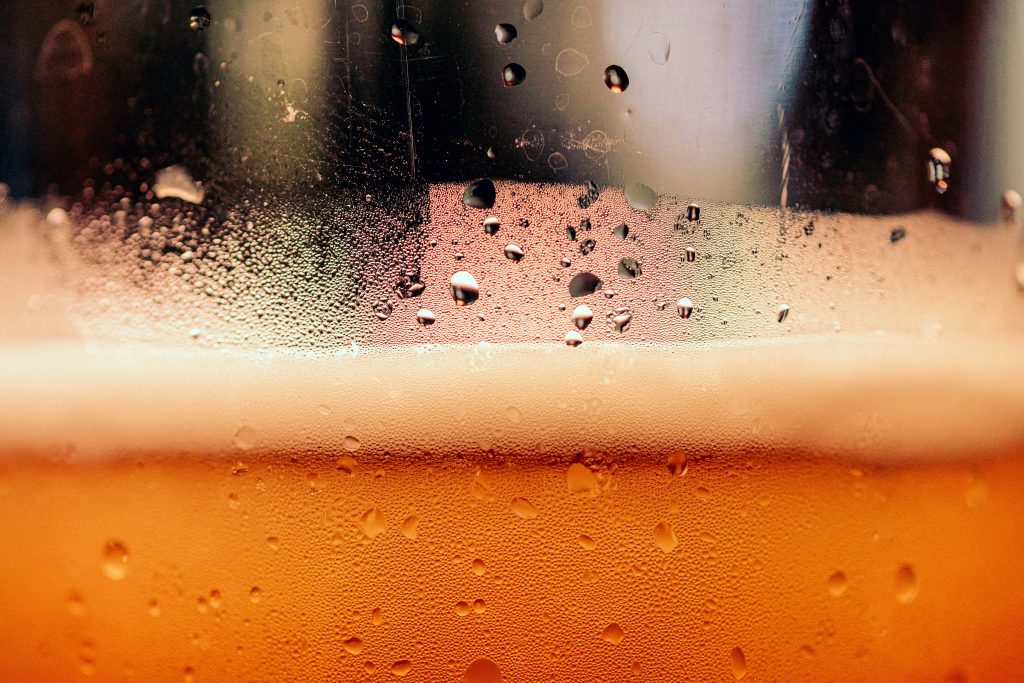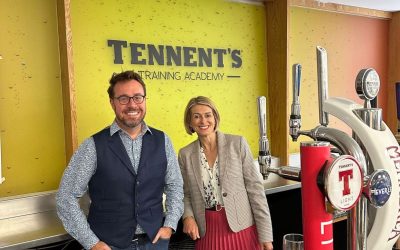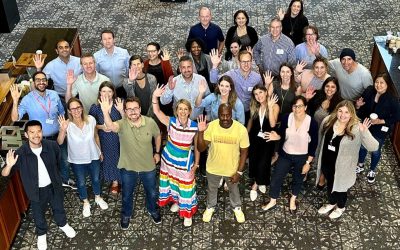
The best campaigns in the beer category this year weren’t just creative — they delivered serious commercial results.
From reversing sales decline to unlocking new consumption occasions, the standout Cannes Lions winners in beer show what happens when marketing teams apply real rigour: strategic thinking, strong consumer understanding, clear annual planning, and brilliant execution.
At LockSmith, we work with marketing teams to build the exact skills and behaviours that sit behind this kind of success. So we’ve rounded up 7 of the most commercially effective beer campaigns from the 2024–25 awards — and unpacked the capability that powered them.
If you’re looking to build a high-performing marketing team, here’s what good looks like.
1. $1M in Additional Sales (With No New POS Materials)
Corona – “Sunset O’Clock”
What they did: Corona used the timestamp already printed on bottles to create a simple but powerful retail campaign. Shopkeepers were encouraged to promote “sunset bottles” and rewarded for their involvement.
What made it commercially successful: The team nailed the brief by knowing their shopper and channel inside out. Rather than creating new materials, they found value in something already there — then brought retailers on board with a simple incentive mechanic. A great reminder that knowing your sales channels, and how to motivate and engage frontline partners, can drive huge returns.
2. 300% Sales Growth & a New Category Created
Michelob ULTRA – “Contract for Change”
What they did: Michelob supported farmers through the difficult transition to organic, building a long-term sustainable supply chain and turning that story into a compelling consumer proposition.
What made it commercially successful: This was strategic thinking in action. The team identified a commercial barrier, solved it at the root, and built a brand around it. It shows how powerful it can be when marketers don’t just own communications — they influence upstream decisions and help shape the business model.
3. +6.7% Volume Growth and Market Share Reversal
Heineken – “The Boring Phone”
What they did: To help people disconnect and enjoy nights out, Heineken created a minimalist phone that could only make calls and texts — reinforcing its brand values around connection and presence.
What made it commercially successful: This idea was rooted in a real insight about social behaviour and digital fatigue — and it tapped directly into a growing cultural tension. The team had clarity on what the brand stood for and used that to drive relevance in a changing world. Great insights don’t always need new data — but they do need deep curiosity and the confidence to act on what you see.
4. +23% Delivery Sales and Morning Occasions Unlocked
Heineken – “Score 0.0”
What they did: Heineken promoted its alcohol-free beer as something to enjoy during morning sports events, shifting perceptions and expanding the brand’s role in everyday life.
What made it commercially successful: The team used smart partnerships and strategic timing to break down social barriers and build a new consumption occasion. It’s a great example of behaviour change through relevance and visibility — and of planning activity around real-world habits, not just campaign calendars.
5. +6.7% Sales via Local Activation & Cultural Relevance
Stella Artois – “A Brand Ambassador Worth More”
What they did: Stella paired up with a local seasonal ambassador and timed the campaign to land during high-impact cultural moments — helping the brand feel more present and personal.
What made it commercially successful: This wasn’t just about celebrity — it was about strong planning. Understanding seasonality, cultural context and how to adapt global strategy for local markets takes thoughtful coordination and sound brand judgement. And when the timing, tone and story all line up, the results follow.
6. 40% More Efficient Media, 100% of Bars Reopened
Heineken – “Shutter Ads”
What they did: During lockdowns, Heineken bought advertising space on the shutters of closed bars, supporting partners while keeping the brand visible in cities worldwide.
What made it commercially successful: It was simple, fast, and full of heart. But it also required the team to align stakeholders, reallocate media budgets, and act quickly. Knowing how to navigate the business — and bring people with you — is what made it possible to turn an idea into action, and action into impact.
7. +3x Morning Sales & +23% App Orders
Heineken – “Gaming Fridge / Women’s Football”
What they did: Heineken broke through with bold, culturally playful campaigns — from building a fridge that doubled as a gaming PC, to tackling bias in football through witty media placements.
What made it commercially successful: The work landed because it was clearly briefed, smartly positioned, and brave in execution. It takes confidence to push into new spaces and a strong internal culture to support ideas that challenge the norm. Strong creative outcomes almost always come from strong creative development — not just from agencies, but from the client side too.
Final Thoughts: If You Want Better Commercial Results, Start With Capability
The brands above didn’t get lucky. They delivered growth because their marketing teams were set up for success — with the right skills, ways of working, and confidence to make bold, smart decisions.
At LockSmith, we work with marketers in beer and beyond to build capability in all the areas that matter:
✅ Core marketing principles
✅ Insight & strategy
✅ Shopper & activity planning
✅ Briefing & creative development
✅ Commercial skills & stakeholder influence
Want to help your team build the skills behind this kind of success? Let’s talk.



